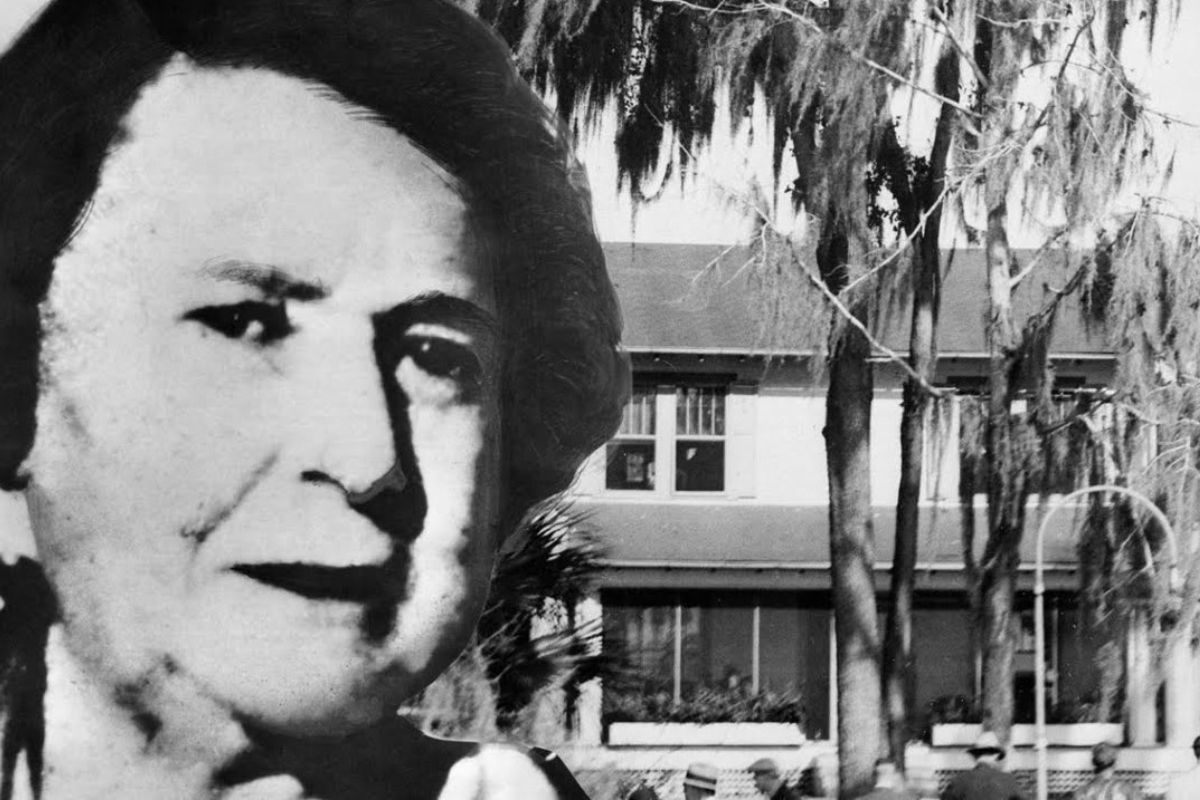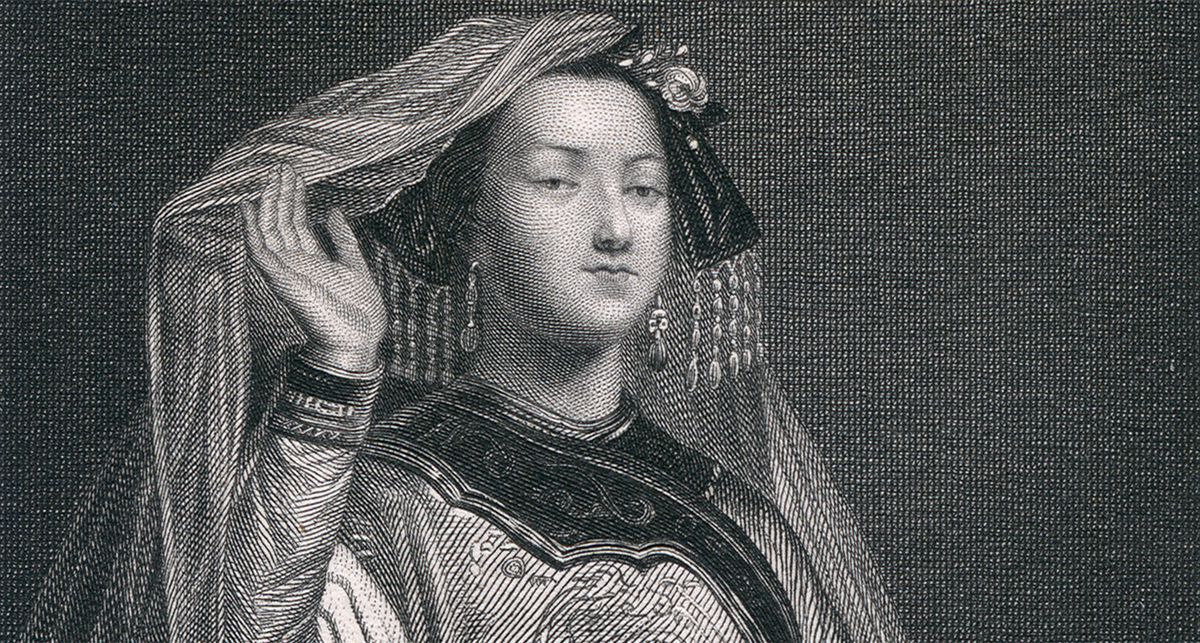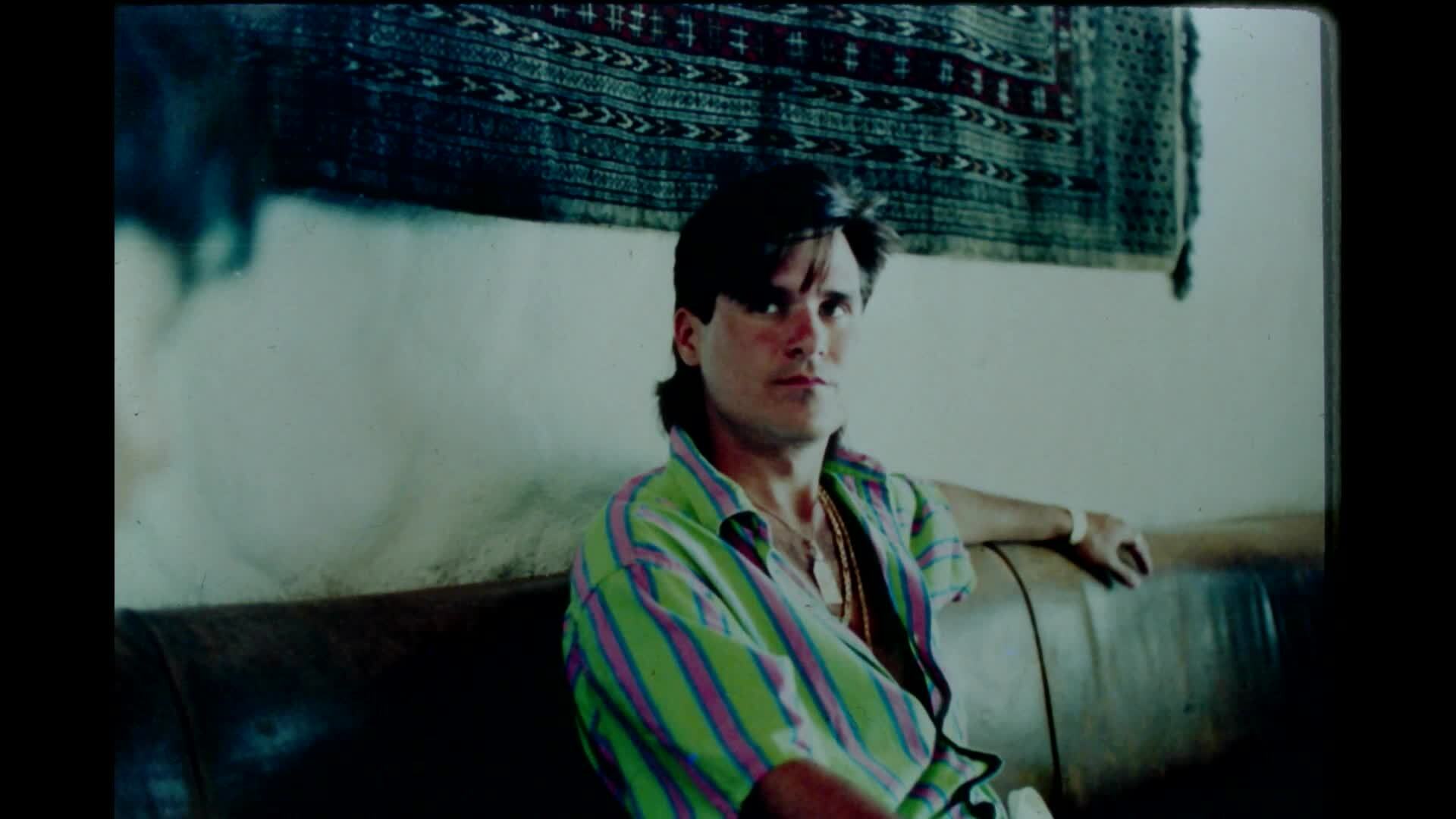
Who was Ma Barker? Ma Barker, born Arizona Donnie Clark, was a notorious figure in American crime history. Known for her association with the Barker-Karpis Gang during the 1930s, she became infamous as the matriarch of a family of criminals. Was she really the mastermind behind the gang's activities, or was her role exaggerated by the media? This question has puzzled historians for years. Some say she was a ruthless leader, while others argue she was merely a mother protecting her sons. Let's dive into 35 intriguing facts about Ma Barker to uncover the truth behind this enigmatic figure.
Key Takeaways:
- Ma Barker, a notorious figure in American crime history, was involved in the Barker-Karpis Gang with her sons. Her role in their criminal activities remains a subject of debate among historians.
- Despite the controversy surrounding her involvement, Ma Barker's legacy as a symbol of the criminal underworld during the Great Depression continues to captivate and intrigue people to this day.
Who Was Ma Barker?
Ma Barker, born Arizona Donnie Clark, became one of the most infamous figures in American crime history. Her life and legacy are filled with intriguing details that paint a picture of a complex character.
- Ma Barker was born on October 8, 1873, in Ash Grove, Missouri.
- Her real name was Arizona Donnie Clark, but she was also known as Kate Barker.
- She married George Barker in 1892, and they had four sons: Herman, Lloyd, Arthur, and Fred.
- The Barker family was deeply involved in criminal activities, including bank robberies and kidnappings.
- Ma Barker was often portrayed as the mastermind behind her sons' criminal exploits, though some historians dispute this.
The Barker-Karpis Gang
The Barker-Karpis Gang was one of the most notorious criminal groups during the Great Depression. Ma Barker's sons played a significant role in this gang.
- The gang was named after Ma Barker and Alvin Karpis, one of its leaders.
- They were involved in numerous high-profile crimes, including the kidnapping of wealthy businessmen.
- The gang's criminal activities spanned from 1931 to 1935.
- They were known for their violent methods and willingness to engage in shootouts with law enforcement.
- The gang's most infamous crime was the kidnapping of Edward Bremer, a wealthy banker, in 1934.
Ma Barker's Role in the Gang
Ma Barker's involvement in the gang has been a subject of debate among historians. Some believe she was a criminal mastermind, while others think she was merely a bystander.
- J. Edgar Hoover, the first Director of the FBI, labeled Ma Barker as "the most vicious, dangerous, and resourceful criminal brain of the last decade."
- Some historians argue that Ma Barker had little to no involvement in planning the gang's crimes.
- Her sons were fiercely loyal to her, often seeking her approval for their actions.
- Ma Barker was known to carry a machine gun, though it's unclear if she ever used it.
- Despite her alleged involvement, Ma Barker was never convicted of any crimes.
The FBI's Pursuit
The FBI's pursuit of the Barker-Karpis Gang was relentless. Ma Barker and her sons were constantly on the run, trying to evade capture.
- The FBI placed a high priority on capturing the Barker-Karpis Gang due to their violent nature.
- Ma Barker and her son Fred were killed in a shootout with the FBI on January 16, 1935, in Ocklawaha, Florida.
- The shootout lasted for over four hours, with both sides exchanging heavy gunfire.
- The FBI claimed that Ma Barker was armed and actively participating in the shootout.
- Some historians believe that Ma Barker was unarmed and merely caught in the crossfire.
Legacy and Controversy
Ma Barker's legacy is a mix of fact and fiction. Her life has been the subject of numerous books, movies, and debates.
- The 1970 film "Bloody Mama," starring Shelley Winters, portrayed Ma Barker as a ruthless criminal mastermind.
- Some historians argue that Ma Barker's criminal reputation was exaggerated by the FBI to justify their actions.
- The house where Ma Barker and Fred were killed is now a tourist attraction known as the "Ma Barker House."
- Ma Barker's life has been romanticized in popular culture, often depicting her as a larger-than-life figure.
- Despite the controversy, Ma Barker remains an enduring symbol of the criminal underworld during the Great Depression.
Interesting Tidbits
Beyond the well-known facts, there are several lesser-known details about Ma Barker's life and the Barker-Karpis Gang.
- Ma Barker was known to be a devout Christian, often attending church services.
- She was reportedly a loving mother, despite her sons' criminal activities.
- The Barker-Karpis Gang used various aliases to evade capture, often changing their identities.
- Ma Barker's favorite song was "The Old Rugged Cross," which she would often sing.
- The gang had numerous hideouts across the United States, including in Chicago, St. Paul, and Florida.
The End of the Barker-Karpis Gang
The downfall of the Barker-Karpis Gang marked the end of an era. Their capture and deaths were widely publicized, bringing an end to their reign of terror.
- Alvin Karpis was captured by the FBI in 1936 and sentenced to life in prison.
- Karpis was the last "Public Enemy Number One" to be captured alive.
- The FBI's success in capturing the gang boosted their reputation and solidified their role in law enforcement.
- The Barker-Karpis Gang's criminal activities led to increased efforts to combat organized crime in the United States.
- Ma Barker's story continues to fascinate and intrigue people, making her a legendary figure in American crime history.
The Legacy of Ma Barker
Ma Barker's life story remains a mix of fact and legend. She wasn't just a mother; she became a symbol of the 1930s crime era. Her involvement with the Barker-Karpis Gang and their notorious activities left a lasting mark on American history. While some argue she was merely a protective mother, others believe she was the mastermind behind many crimes. Her death in a shootout with the FBI only added to her infamous reputation. Today, Ma Barker's tale continues to captivate those interested in crime history. Her life serves as a reminder of the complexities of human nature and the blurred lines between right and wrong. Whether seen as a criminal genius or a devoted mother, Ma Barker's legacy endures, sparking debates and curiosity for generations.
Frequently Asked Questions
Was this page helpful?
Our commitment to delivering trustworthy and engaging content is at the heart of what we do. Each fact on our site is contributed by real users like you, bringing a wealth of diverse insights and information. To ensure the highest standards of accuracy and reliability, our dedicated editors meticulously review each submission. This process guarantees that the facts we share are not only fascinating but also credible. Trust in our commitment to quality and authenticity as you explore and learn with us.


